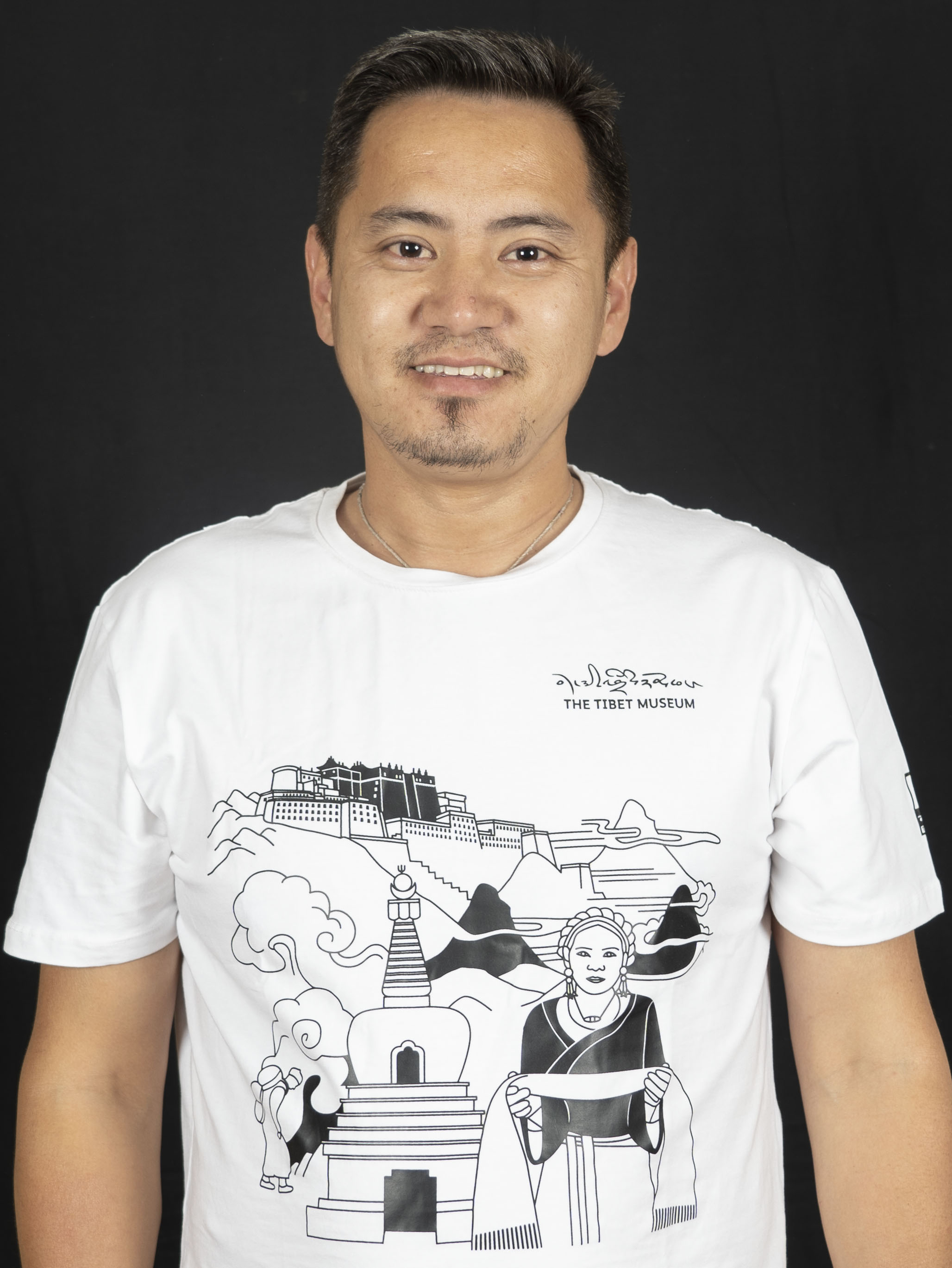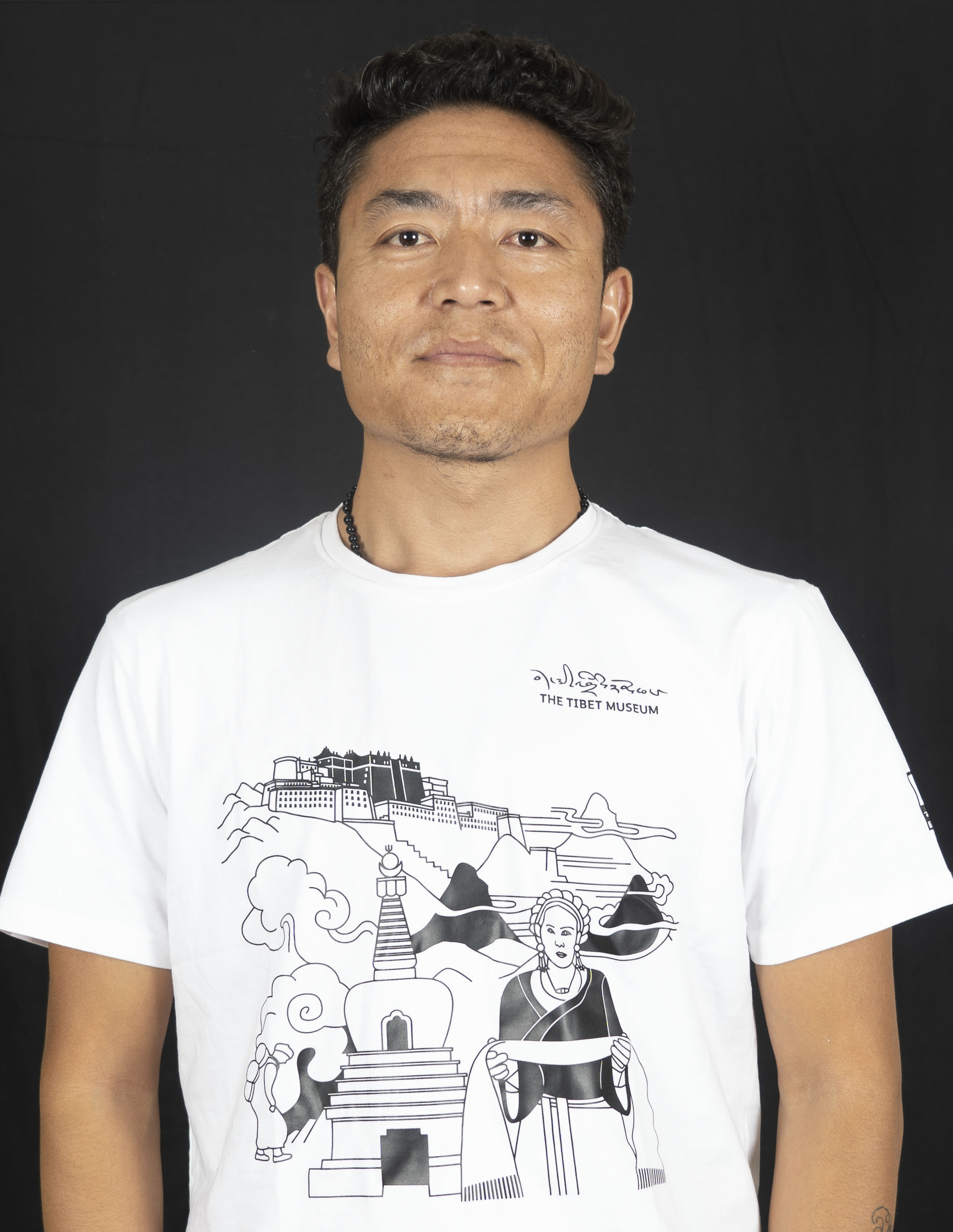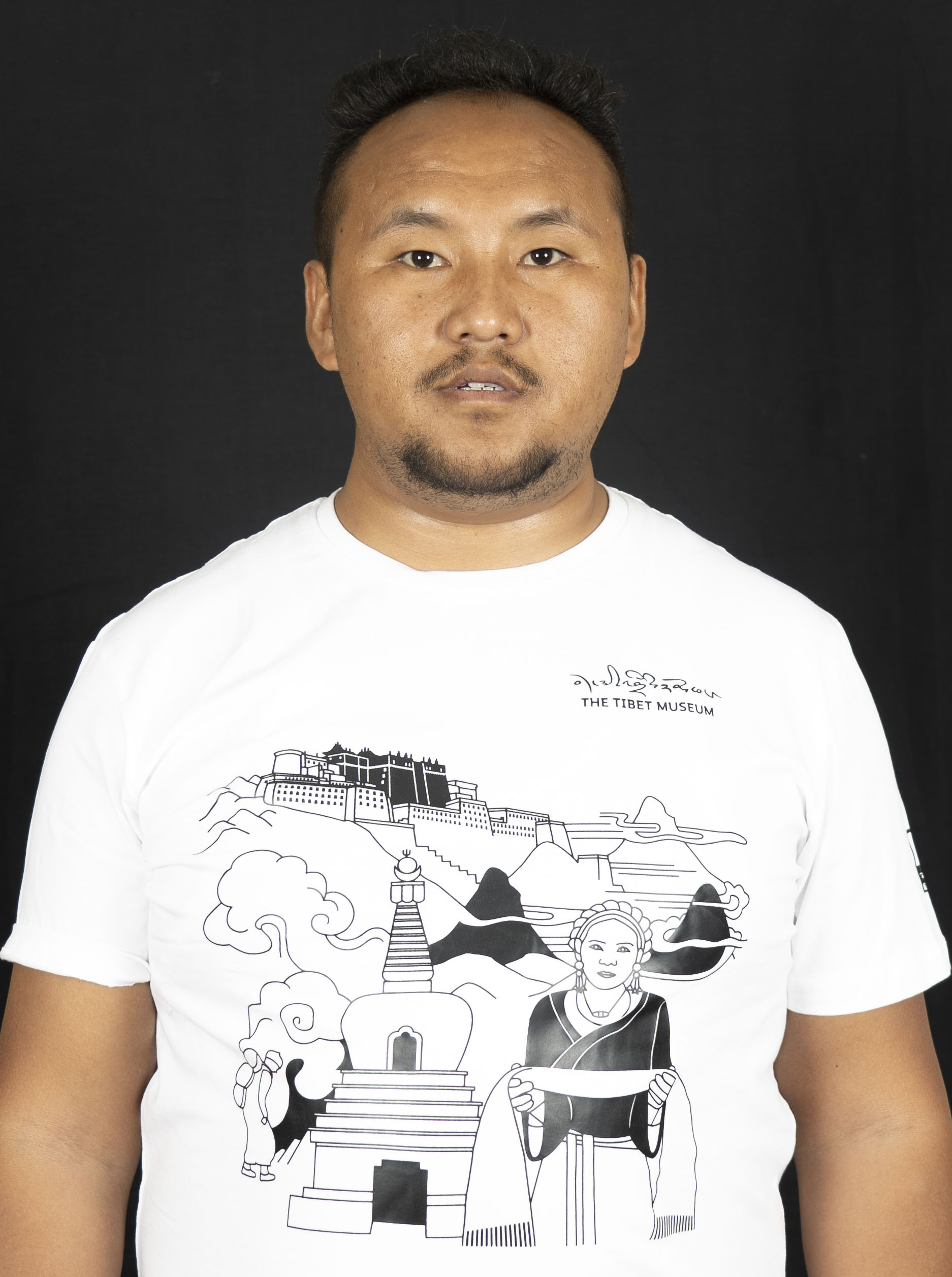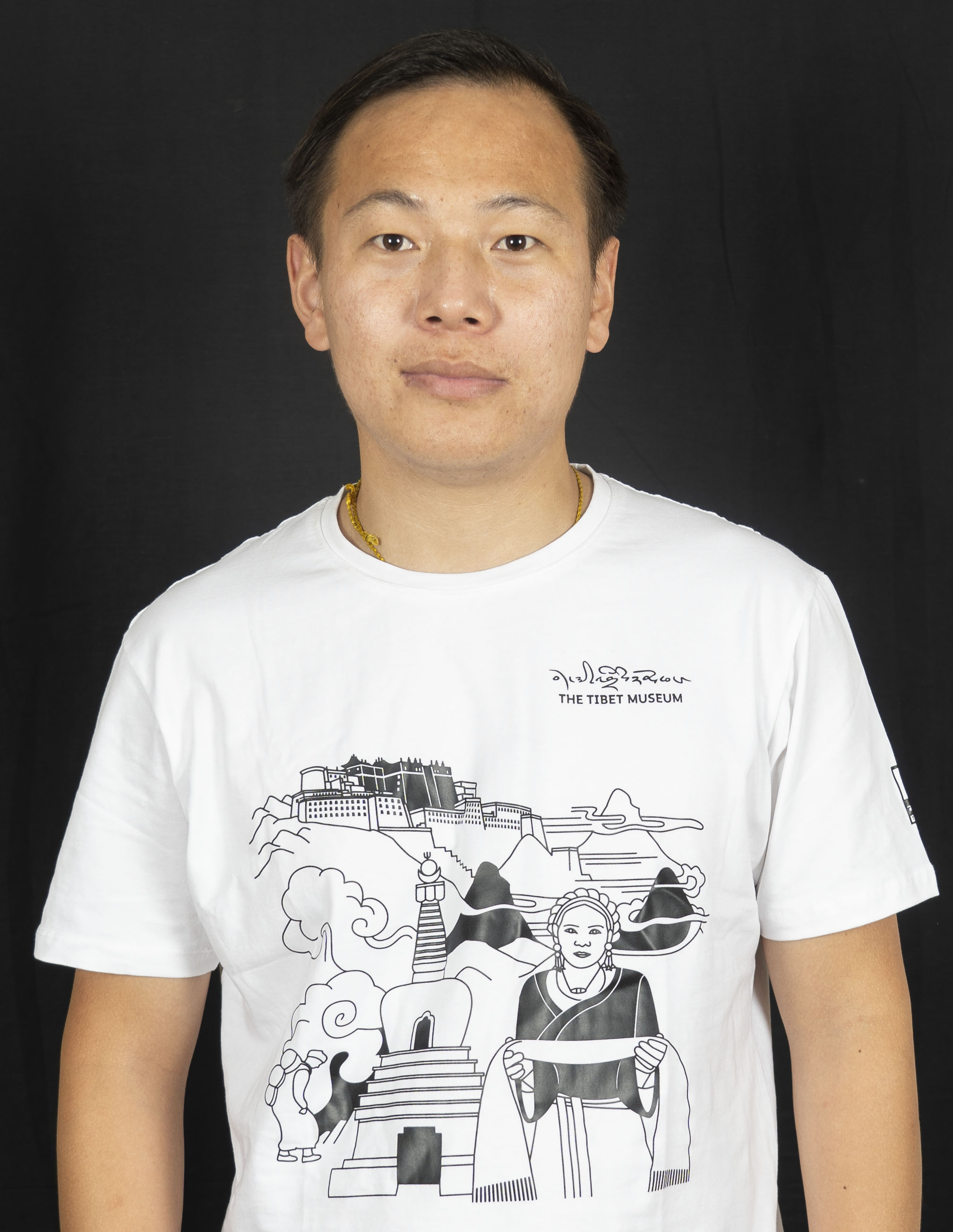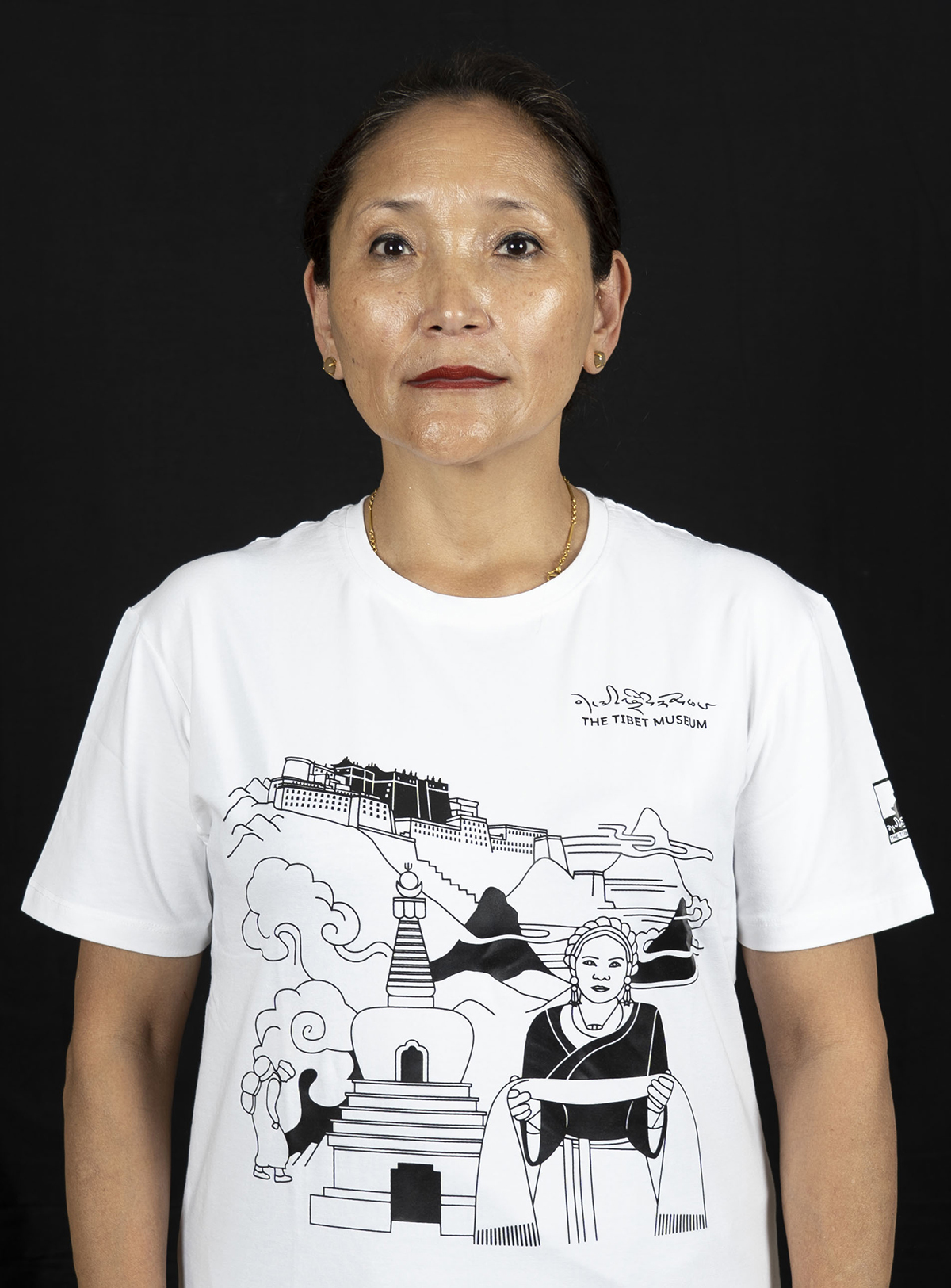Mission:
The Tibet Museum is a museum made by and for Tibetans. It aims to challenge the representations of Tibetan people that feature in museums in China, Europe, and North America. Here, we tell a different story. Tibet in this museum has a past, a present, and a future. Through objects, archives, photographs, and personal testimonies we highlight Tibet’s historical, political, and international importance by showcasing our culture, recent history in exile, and the teachings and legacy of His Holiness the Dalai Lama. We also address the many crises facing Tibetans in Tibet today such as human rights abuses, exploitation of the environment, and curbs on cultural preservation.
The Tibet Museum highlights our cultural and political struggle and our resilience. The objective of the museum is to educate, increase awareness of Tibet, and tell our story of exile to a global audience.
Museum Structure
Permanent Museum Section:
The Museum’s main exhibition “I am Tibetan, This is My Story”, is divided into the following ten sections:
1. Tibet: Our Culture
An introduction to the idea of Tibetan culture as an act of resistance. Drawing on Lhakar, a Tibetan-led, non-violent protest movement, the displays celebrate Tibet’s rich culture through dress, religion, food, and literature. The displays also highlight the many ways Tibetan culture has been rebuilt and preserved by Tibetans in exile.
2. Who Writes Tibet’s History?
This section includes a detailed timeline of important moments in the history of Tibet, from the first Tibetan king to the Chinese invasion in 1950. This section also showcases objects, films, and documents that testify to Tibet’s status as an independent nation.
3. Who is the Dalai Lama?
A focus on the life and work of His Holiness the 14th Dalai Lama. We trace out the history of the Dalai Lama lineage and include 108 questions and answer interactive that focus on the Dalai Lama’s life and messages and his international influence and impact.
4. Occupation
This section bears witness to China’s occupation of Tibet and its devastating aftermath. Through photographs, objects, and historical documents, the display examines the impact of the ‘Seventeen-Point Agreement’, the ‘Democratic Reform’, and the ‘Cultural Revolution’ on Tibetan governance and culture.
5. Resistance
Here we call attention to Tibetan resistance to China’s policies in Tibet. We draw on key moments in the fight for resistance – the 1959 uprising, the Mustang resistance, the Nyemo revolt, and the 1987, 1988, 1989, and 2008 uprisings in Tibet. Through commissioned film, personal testimony and photography the displays ask for quiet and respectful consideration of the many ways Tibetans have resisted China’s continuing occupation of Tibet.
6. Escape
This section documents the difficult journeys undertaken by Tibetans who left Tibet for exile. Using personal testimonies, film, donated objects, and photographs the displays map out the many reasons why Tibetans left Tibet and the dangers faced along the way. This section also includes an Archive of Escape, a chance for the visitor to record their personal and family memories of escaping and traveling to safety.
7. Exile
A reflection on the Tibetan exile experience. We shed light on rebuilding Tibetan society in exile, the creation of a Tibetan Government in Exile, and, through a series of visual histories and personal testimonies, how Tibetans re-established cultural institutions across India and the wider world.
8. Tibet Today
The impact of China’s policies on Tibet today. Using personal testimony, the research of human rights groups, and investigative journalism the displays map out some of the tools used by China’s Communist Party to repress Tibetan culture while at the same time turning Tibet into a police state whose people are under constant surveillance.
9. The Environment
China’s impact on Tibet’s environment with concern over large-scale deforestation, mining and dam projects, and the impact of glacial melting on Tibet and its neighboring countries, including India. The displays also ask visitors to reflect on Tibet’s importance as the Earth’s ‘Third Pole’ and provider of fresh water and food security for over a billion people in nations across South and East Asia.
10. Being Tibetan
In this section, visitors are introduced to a new generation of Tibetans who are re-defining and re-imagining what it is to be Tibetan. Here, we showcase the success stories of Tibetans living around the world in the fields of literature, arts, sports, medicine, music, education, academia, and politics.
Special Temporary Exhibitions:
The Tibet Museum will feature a dedicated and permanent space for temporary exhibitions, ensuring a
a changing program of themed exhibitions on historical and contemporary issues important to Tibet.
Auditorium:
• Daily documentary film screening at 3 pm.
• Tibet awareness talk series, every Friday at 3 pm.
Digital Room/Reflection Room:
• Oral history kiosks.
• Quiet space to reflect and consider the museum experience.
• Library/testimony/family educational activity area.
Other Space Includes:
• Welcome desk for visitor services and information
• Gift shop/bookstore
• Public Bathroom
The Photographic Archive Section:
The Tibet Museum Photographic Archive section has a collection of more than 30,000 rare photographs, slides, and negatives of historic and contemporary images of Tibet. Photographs as old as dating back to the times of the 13th Dalai Lama and many rare photographs of independent Tibet are also part of the archive. The archive is important historical documentation and a vital asset for the Tibet Museum. The photographs are used for exhibitions, books, and other printed material published by the Tibet Museum. The also serves as an important repository and point of reference for the media, publication agencies, researchers, and the public worldwide. The Photographic Archive is located in a Museum Administration Office near the DIIR’s main office, in Gangchen Kyishong, Dharamsala, India.
Traveling Exhibition:
Just as the Tibet Museum complex provides an effective means of presenting Tibet’s history, culture, and challenges to people visiting Dharamsala; the traveling exhibition of the Tibet Museum brings Tibet’s story to people throughout the world. The museum staff regularly visits schools, settlements and monasteries, and cities in India, to showcase photo exhibitions related to Tibet’s history, culture, the current situation inside Tibet, and the way of life in exile. The traveling exhibitions are also enhanced by a screening of documentary movies (on Tibet’s history, culture, and current situation)

